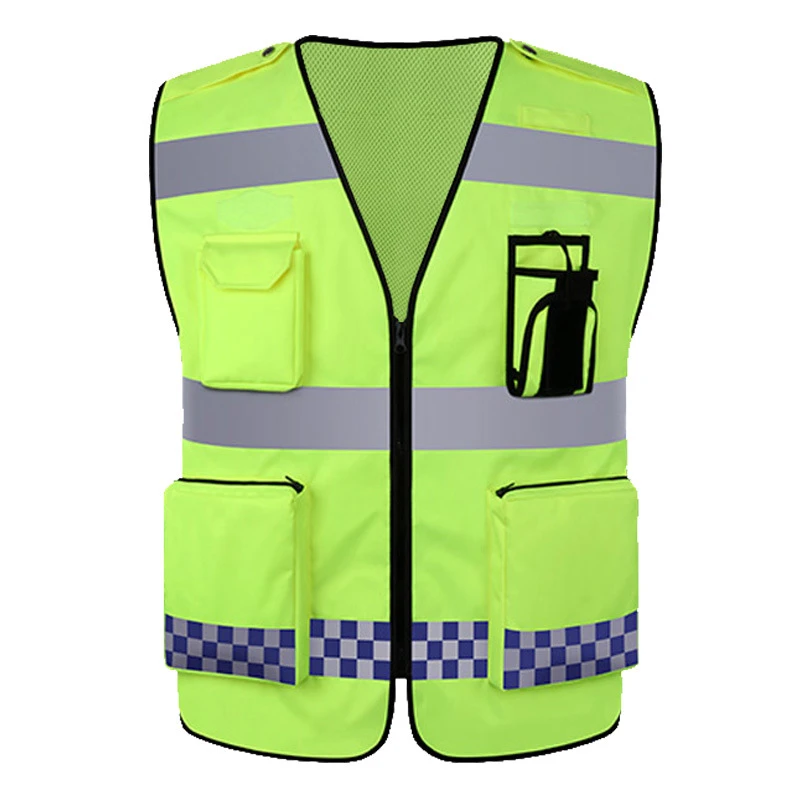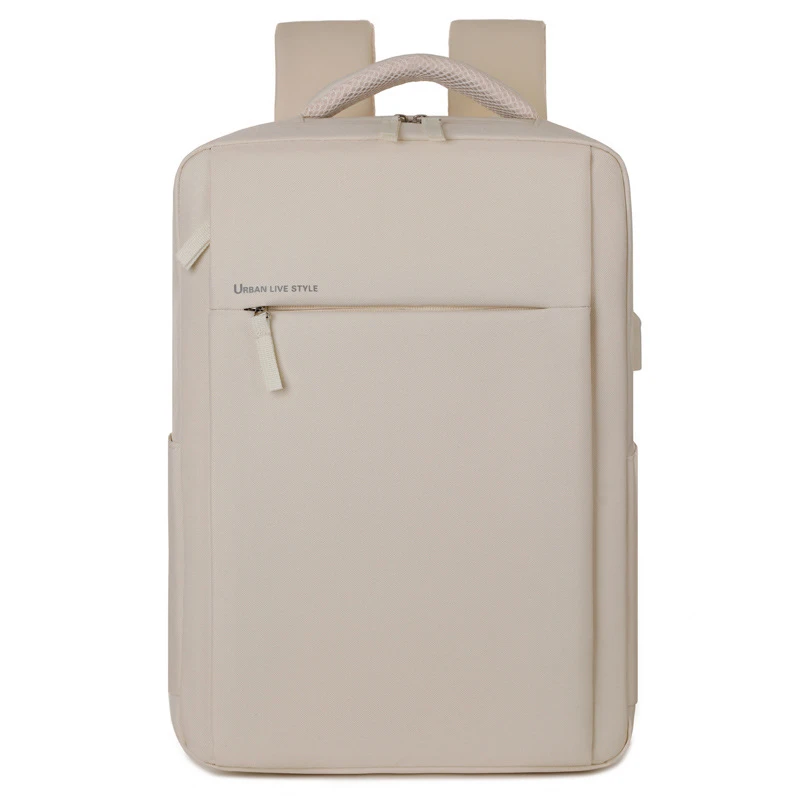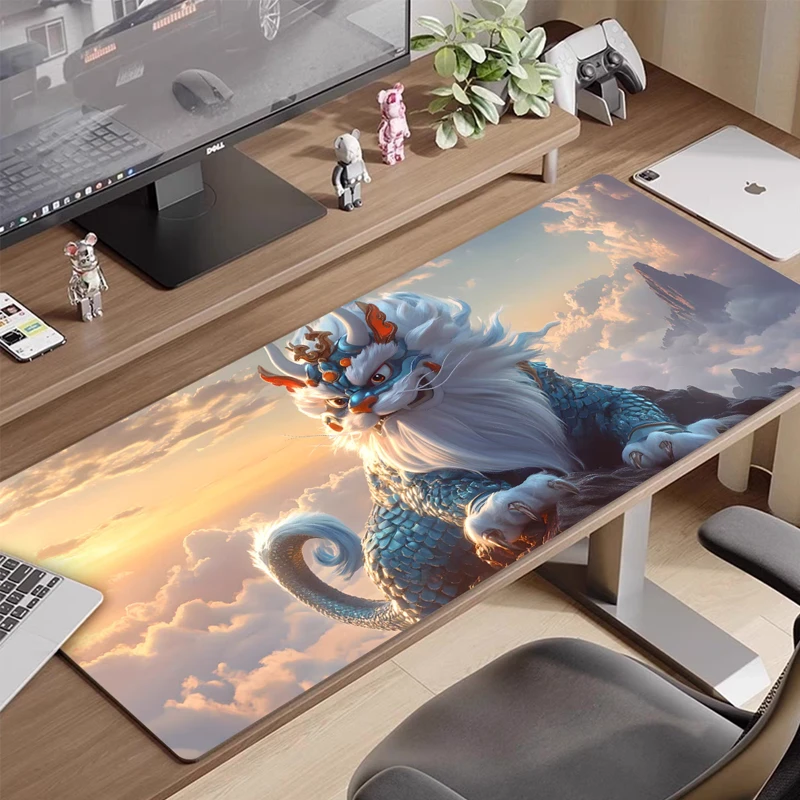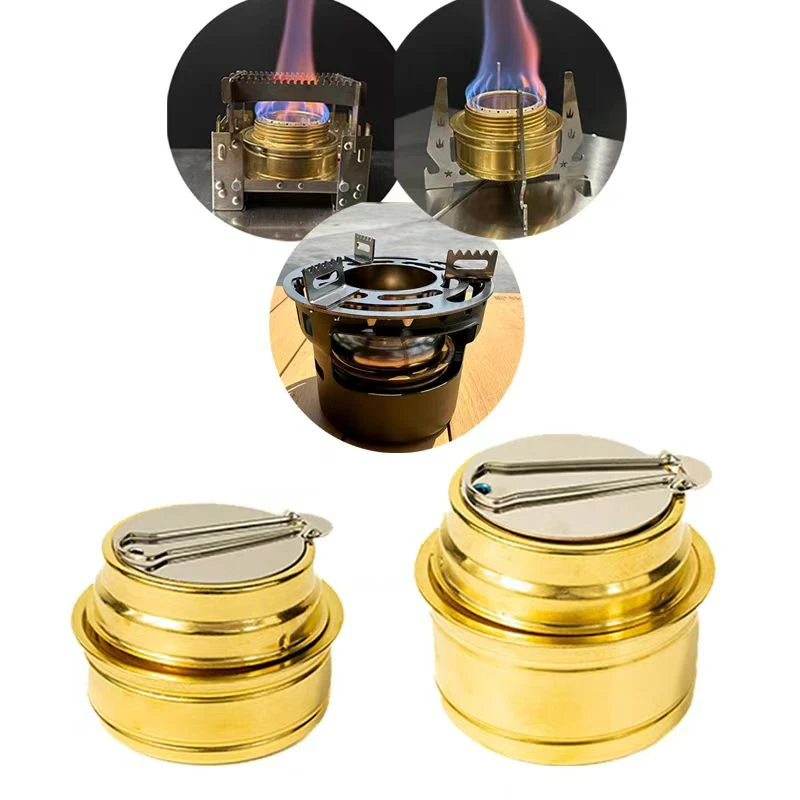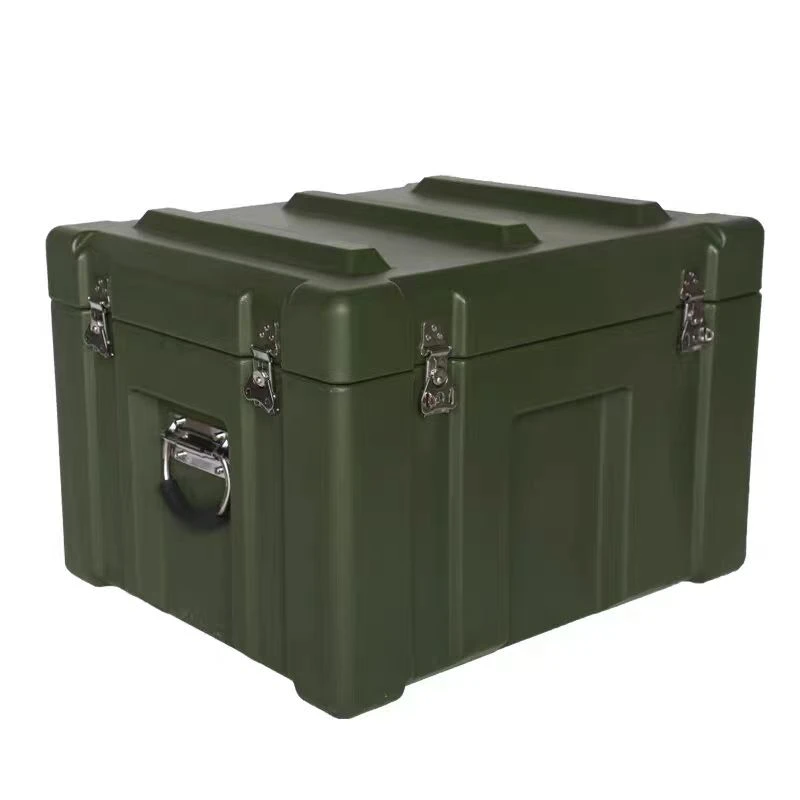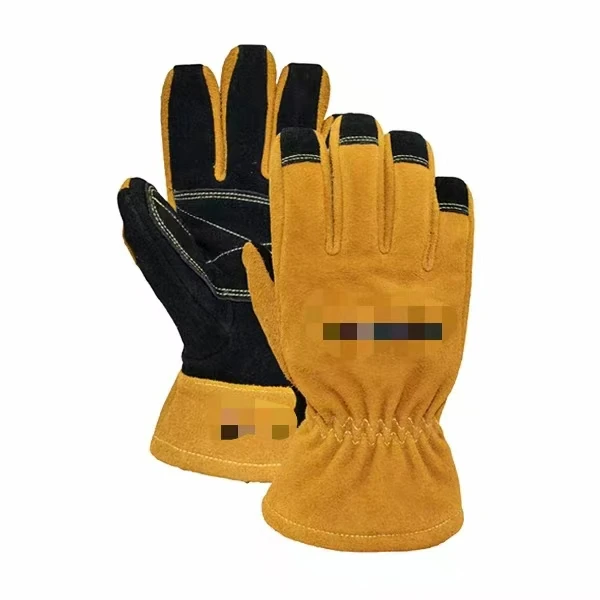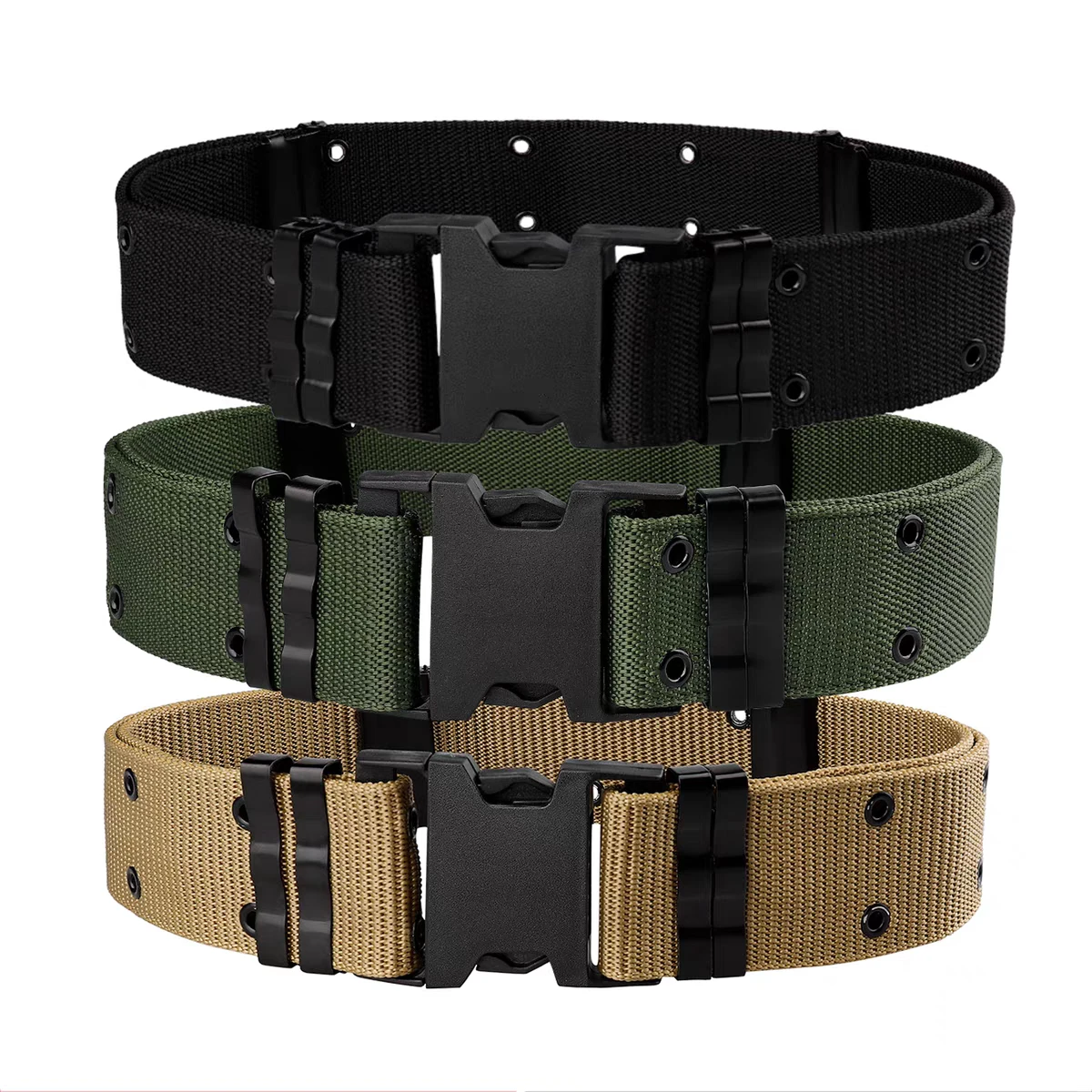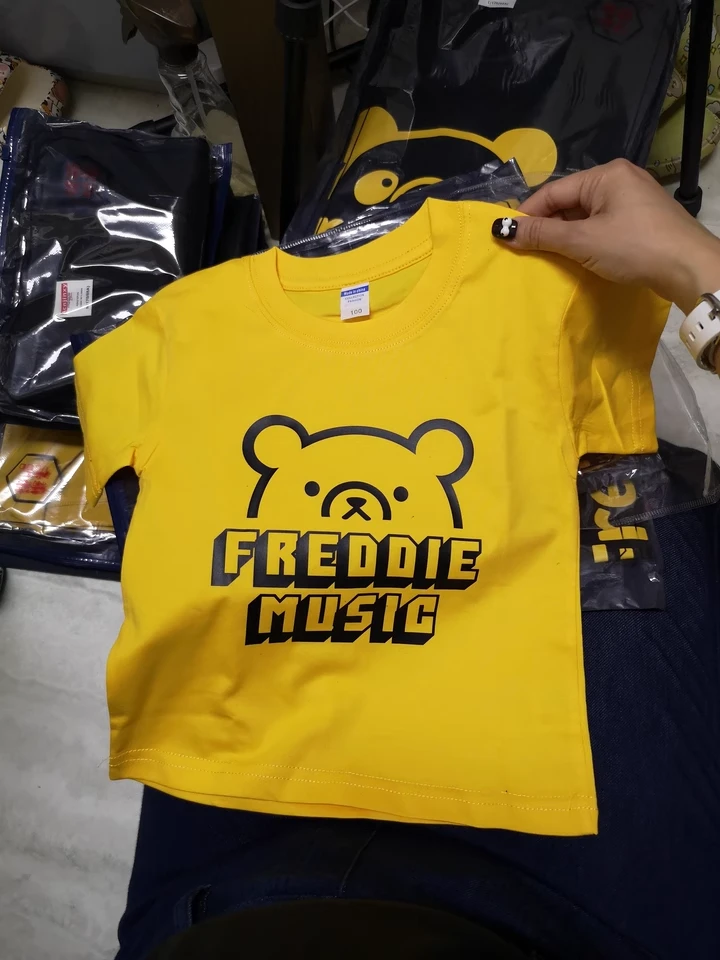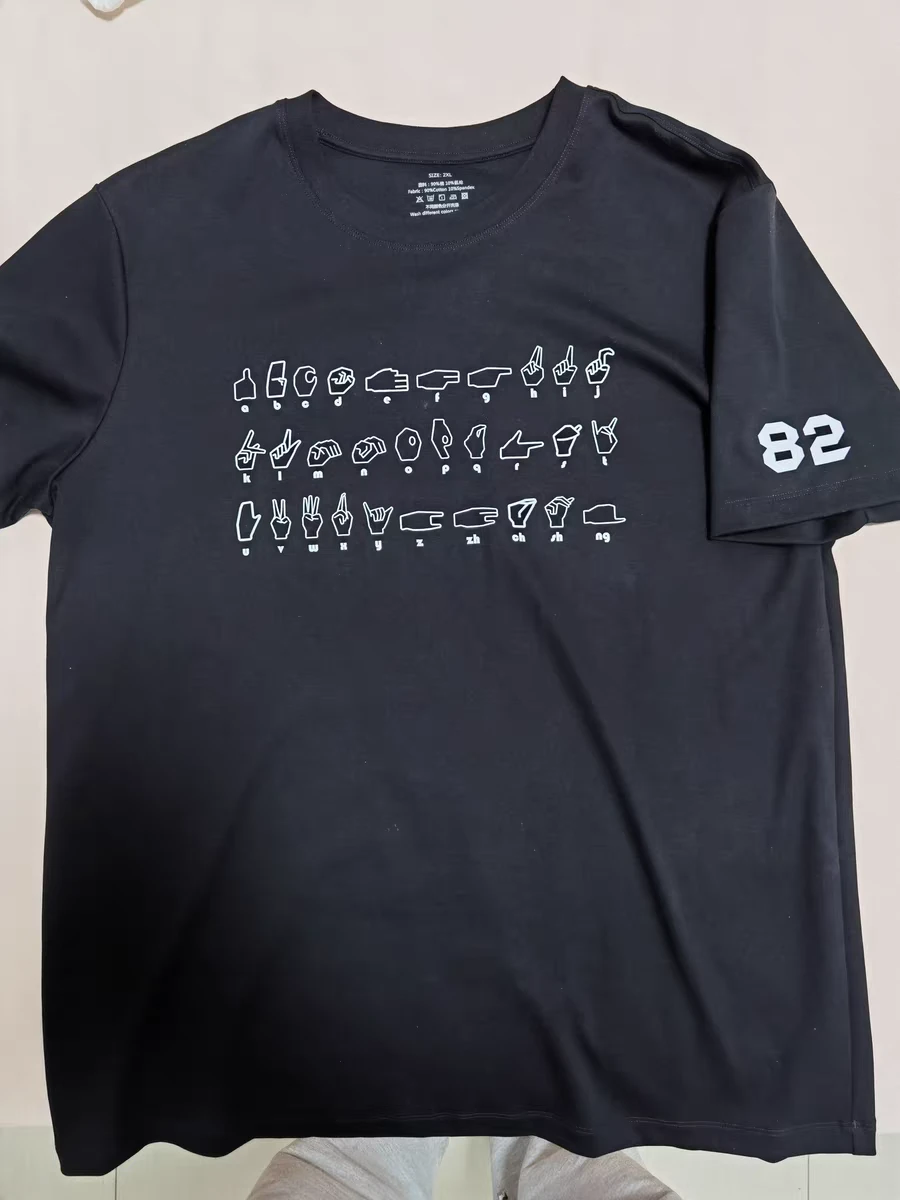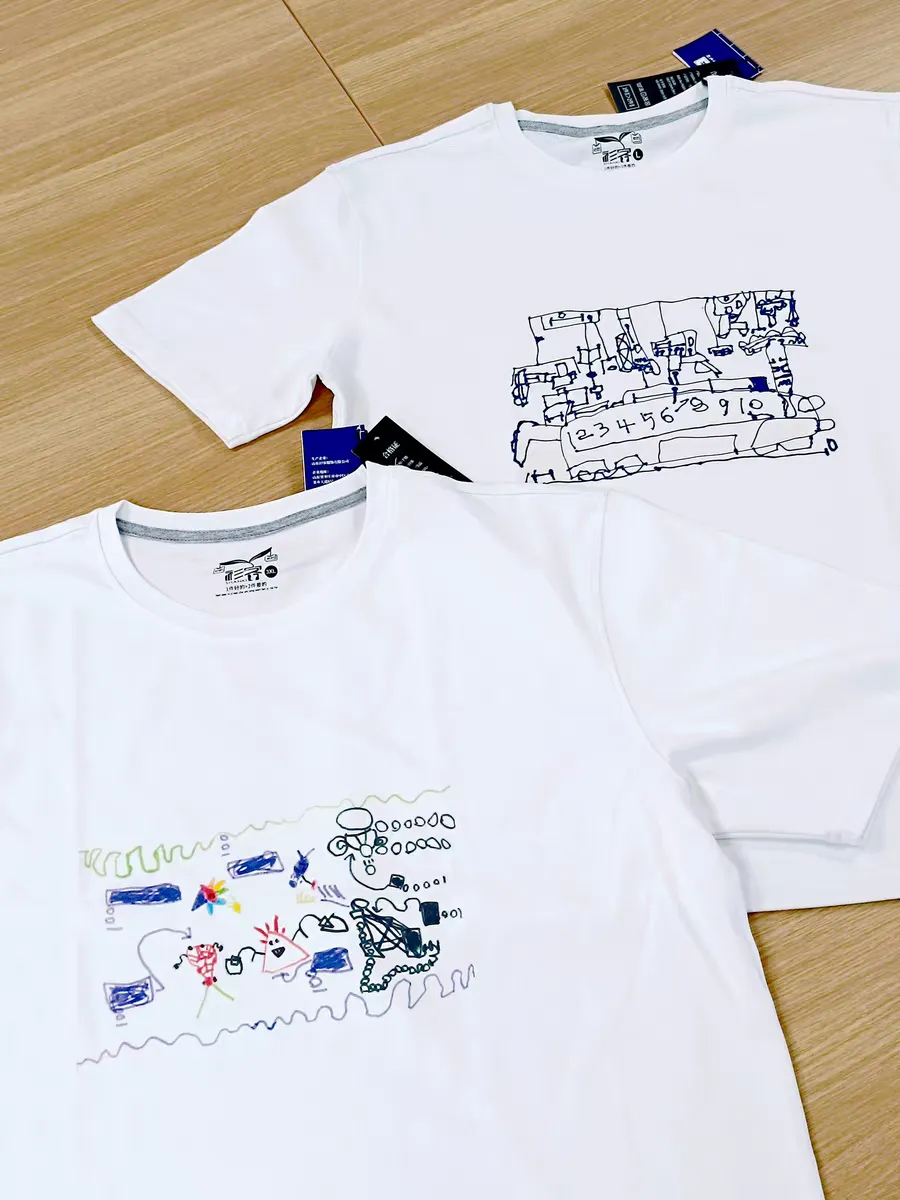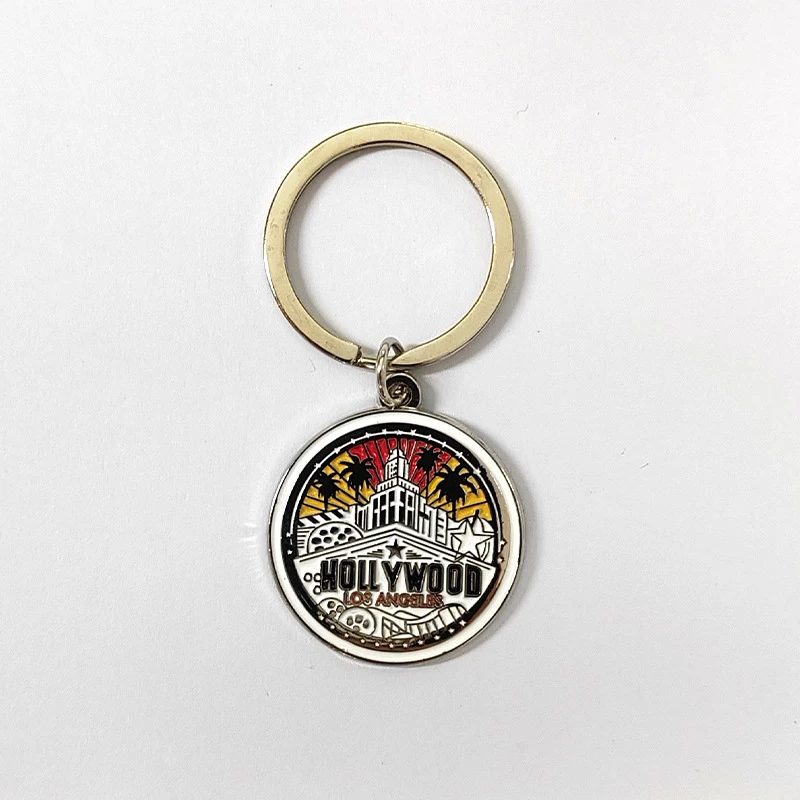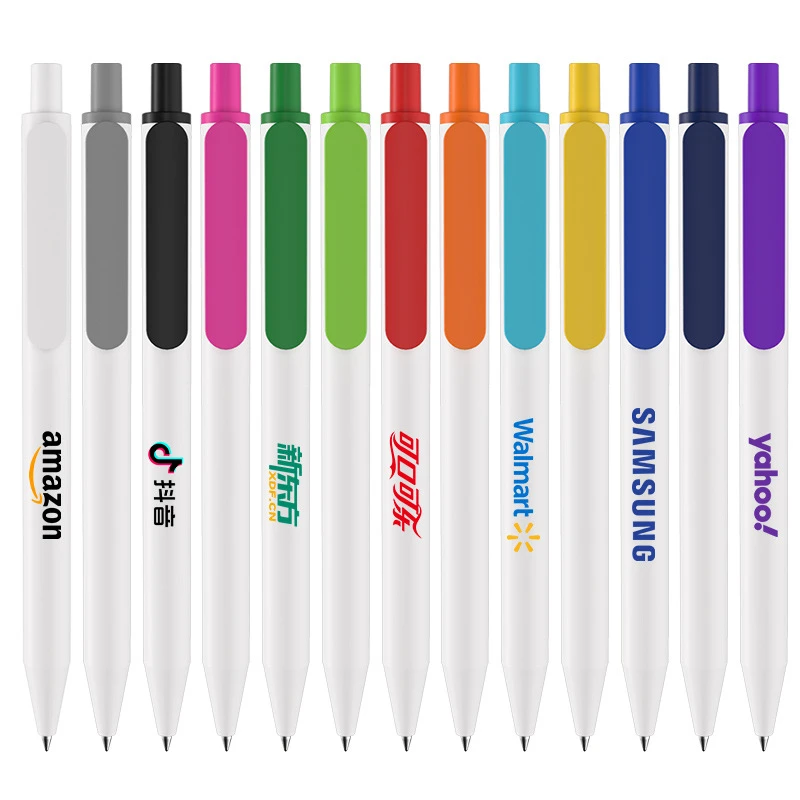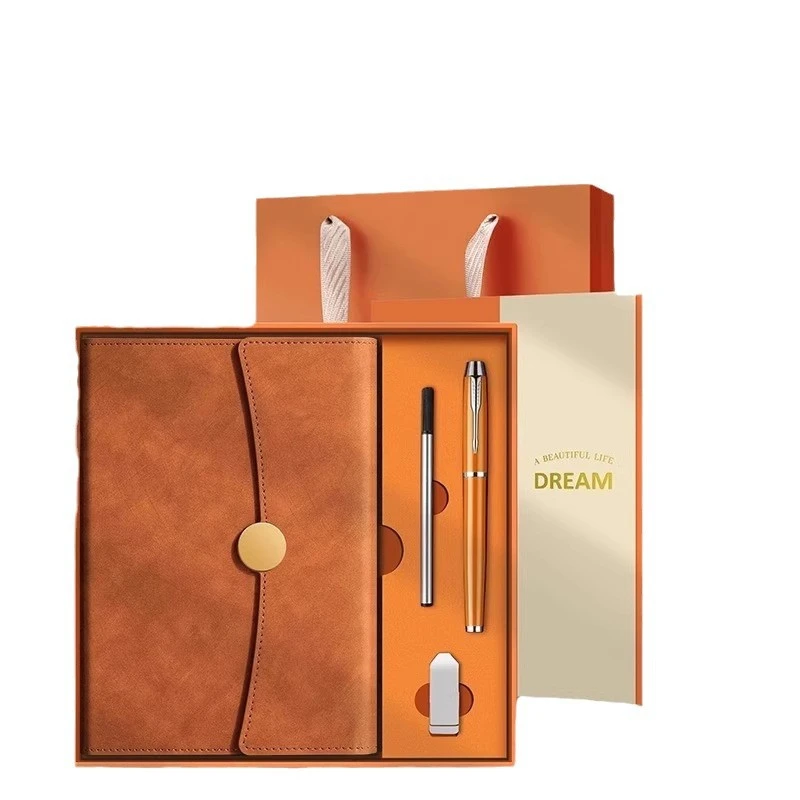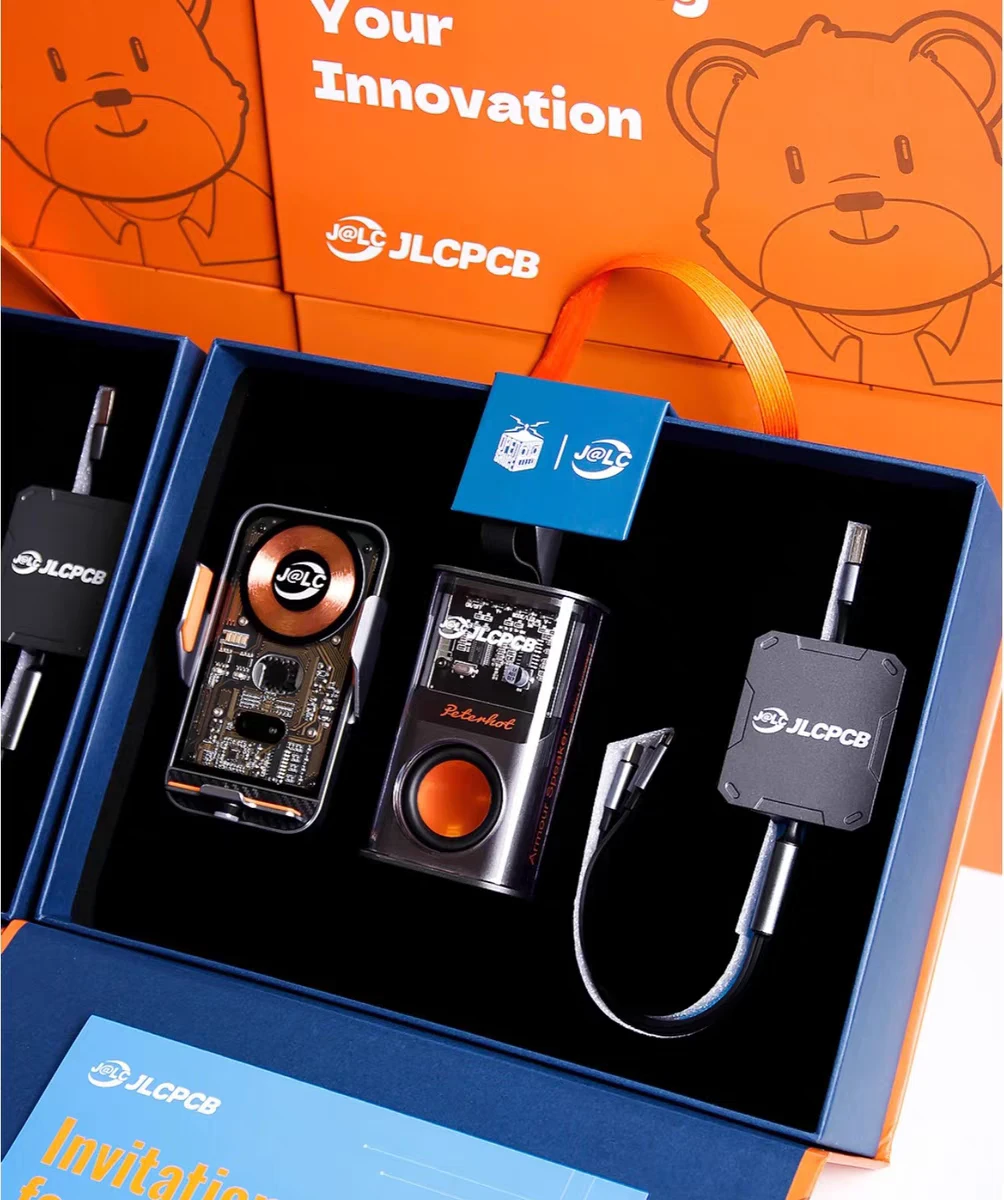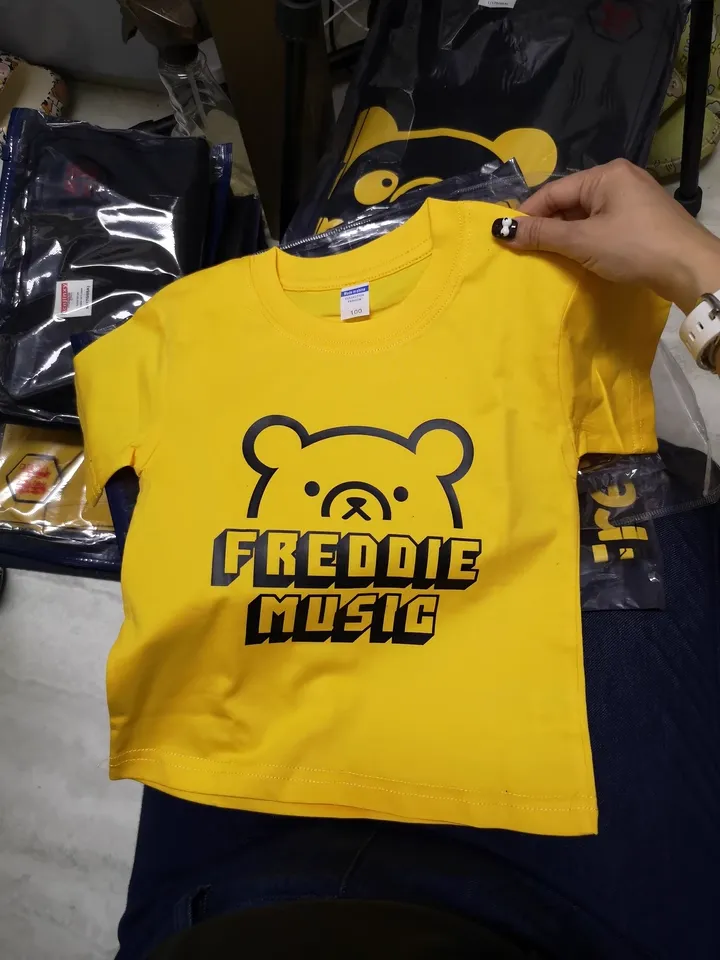Premium Tactical Belt Setup for Men Durable & Customizable Gear
- Understanding the Fundamentals of Tactical Belt Systems
- Material Innovations in Modern Load-Bearing Equipment
- Performance Metrics: Strength vs. Flexibility
- Market Leaders in Tactical Gear Production
- Customization Strategies for Professional Users
- Operational Case Studies Across Industries
- Future-Proofing Your Tactical Belt Setup
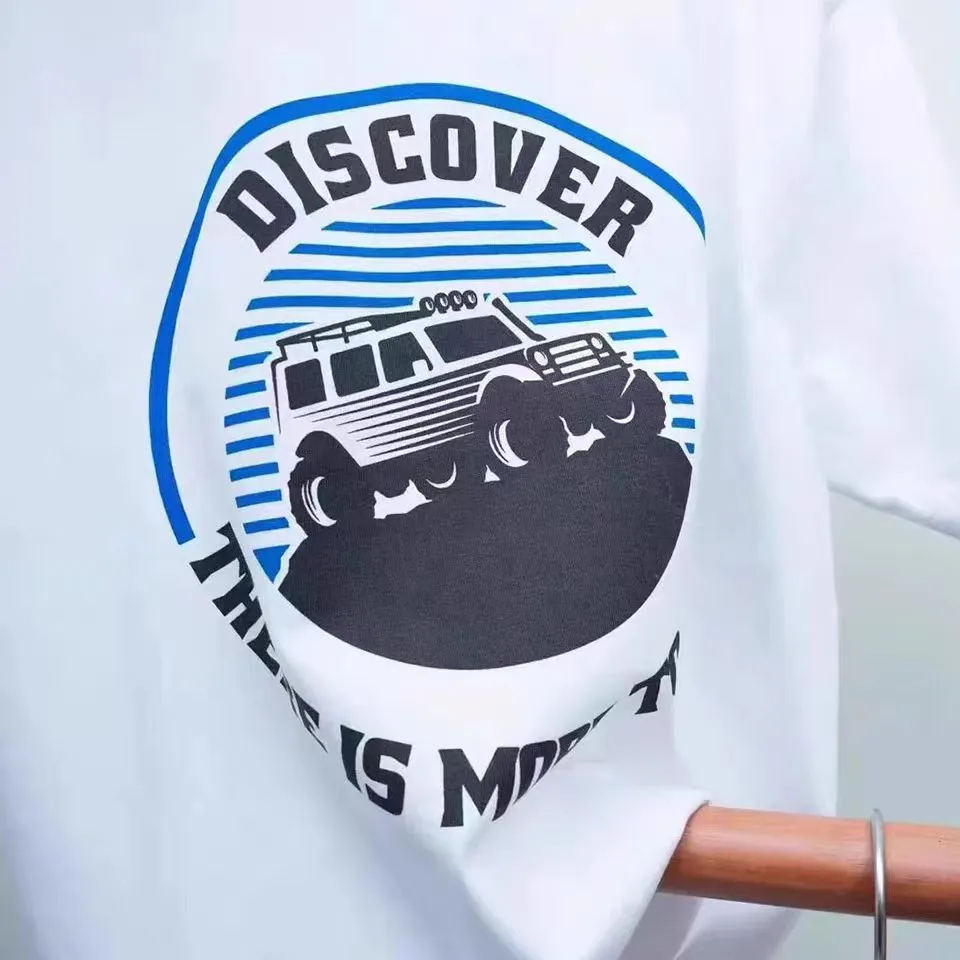
(tactical belt setup)
Understanding the Fundamentals of Tactical Belt Systems
Modern tactical belt setup
s combine load-bearing efficiency with ergonomic design, supporting weights up to 500 lbs while maintaining mobility. Recent field tests show properly configured systems reduce operator fatigue by 38% during 8-hour operations.
Material Breakthroughs Redefining Durability
Leading manufacturers now utilize hybrid materials:
- Ultra-high-molecular-weight polyethylene (UHMWPE) webbing
- Aerospace-grade aluminum alloy buckles
- Laser-cut polymer laminate platforms
Third-party testing confirms these materials withstand 4× more abrasion cycles than traditional nylon constructions.
Critical Performance Specifications
| Feature | Entry-Level | Professional | Military-Spec |
|---|---|---|---|
| Tensile Strength | 1,200N | 2,400N | 5,000N |
| Weight Capacity | 25 lbs | 55 lbs | 120+ lbs |
| Adjustment Range | 4" | 8" | 12" |
Industry Leaders Comparison
Analysis of 2023 market data reveals:
| Manufacturer | Lead Time | MOQ | Warranty |
|---|---|---|---|
| Operator's Choice | 2 weeks | 50 units | 5 years |
| TactiCore Industries | 4 weeks | 100 units | Lifetime |
| Sentinel Gear Co. | 6 weeks | 500 units | 10 years |
Custom Configuration Protocols
Special operations units require tailored solutions:
- Load distribution analysis (73% prefer asymmetric layouts)
- Quick-release mechanism programming
- Infrared signature reduction treatments
Field Performance Validation
Urban police departments report:
- 27% faster equipment access versus traditional belts
- 92% reduction in gear displacement incidents
- 43°C heat resistance without material degradation
Future-Proofing Your Tactical Belt Setup
Next-generation systems incorporate smart load monitoring and adaptive tension control. Prototype testing shows 22% efficiency gains in rapid deployment scenarios. Manufacturers now offer backward-compatible upgrade paths for existing tactical belt configurations.

(tactical belt setup)
FAQS on tactical belt setup
Q: What are the key features to look for in a tactical belt setup?
A: Prioritize durability, modularity, and weight distribution. Look for compatibility with holsters, pouches, and MOLLE webbing. Adjustable sizing ensures a secure fit for varied activities.
Q: How do I choose reliable tactical belt manufacturers?
A: Research brands with certifications (e.g., MIL-SPEC), read customer reviews, and verify material quality. Established manufacturers like Crye Precision or Blue Alpha Gear often guarantee reliability.
Q: What makes a tactical belt for men different from standard belts?
A: Men's tactical belts are reinforced for heavy loads, often using rigid polymers or nylon webbing. They support gear like holsters and magazines, unlike everyday belts focused solely on aesthetics.
Q: Can a tactical belt setup work for both casual and professional use?
A: Yes. Many modern tactical belts feature low-profile designs suitable for daily wear. Swap out gear attachments to transition between tactical missions and casual outings seamlessly.
Q: How do I maintain a tactical belt for longevity?
A: Clean with mild soap and water, avoid prolonged sun exposure, and inspect stitching/straps regularly. Store in a dry place to prevent material degradation over time.








